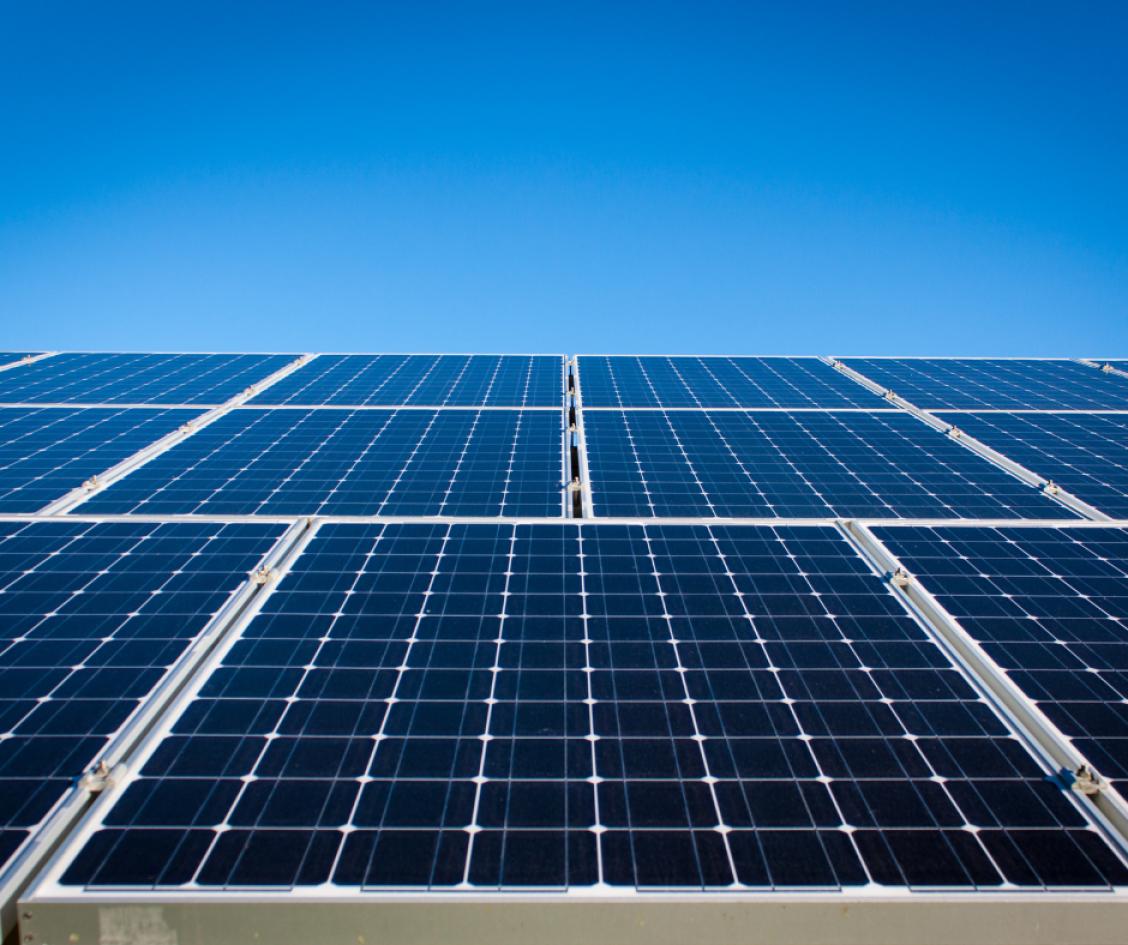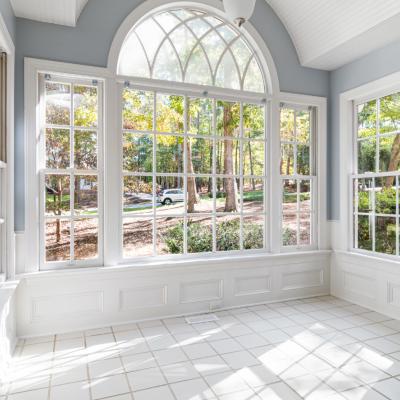The Benefits of Switching to Solar Energy

The Rise of Solar Energy in Homes and Businesses
Solar power has shifted from a futuristic concept to a practical, everyday solution for homes and businesses across the U.S. Driven by lower equipment costs, rising utility rates, and increased awareness of climate change, more property owners are turning to solar panel systems to generate electricity.
Federal tax credits, state rebates, and utility incentives have also made solar adoption more affordable than ever. As energy demand continues to rise, solar energy presents a sustainable and cost-effective way to stay ahead.
Financial Benefits of Going Solar
One of the most compelling reasons people switch to solar energy is the potential for long-term savings. Although the upfront cost of a system can range from $10,000 to $30,000, various financial incentives can dramatically reduce the final price.
Federal Solar Tax Credit (ITC): Homeowners can deduct a percentage of the cost of installing a solar energy system from their federal taxes. This credit currently sits at 30% through at least 2032.
State and Local Incentives: Many states offer additional rebates or performance-based incentives to offset the cost of solar.
Net Metering: If your utility supports net metering, you can send excess energy back to the grid and earn credits that lower your electric bill.
Return on Investment (ROI): Most homeowners break even on their solar investment within 6 to 10 years, and continue to benefit for 25 years or more with minimal maintenance costs.
Environmental Impact: Clean, Renewable Power
Solar panels generate electricity using photovoltaic cells that convert sunlight directly into energy—without releasing harmful greenhouse gases. For the average home, installing a solar power system is the equivalent of planting over 150 trees every year or avoiding more than 3 tons of CO₂ emissions annually.
Beyond reducing your carbon footprint, using solar power helps reduce strain on the energy grid, especially during high-demand periods like hot summer afternoons. When more homes go solar, local communities become more resilient and less dependent on fossil fuels.
What to Expect When Installing Solar Panels
Solar installation typically starts with a consultation and site assessment, where technicians evaluate your roof’s angle, sun exposure, and shading. A custom system is then designed to meet your specific energy needs.
Here’s a simplified overview of the process:
-
Design & Permits – Engineers develop a system layout and submit permit applications.
-
Installation – This usually takes 1–3 days, depending on system size and roof complexity.
-
Inspection & Activation – After local inspections and utility approval, the system is turned on.
Most solar systems include an inverter (to convert DC power into usable AC power), mounting hardware, and optional battery storage, which allows you to use solar energy even at night or during outages.
Maintaining and Monitoring Your Solar System
One of the biggest advantages of solar energy is its low maintenance requirements. Most systems require just a few key steps to stay efficient:
-
Periodic Cleaning: Dust and debris can slightly reduce performance. Cleaning panels once or twice a year is often enough.
-
System Monitoring: Many inverters and apps allow real-time performance tracking. Any sudden dip in output may signal a problem.
-
Annual Checkups: A quick professional inspection each year can catch loose wires or aging components early.
Panels themselves typically last 25–30 years, and most manufacturers offer warranties to cover output performance over time.
Is Solar Right for You?
While solar is a smart move for many homeowners and businesses, it’s important to consider factors like your location, roof condition, energy usage, and budget. Ideally, your roof should have good sun exposure, minimal shading, and be in decent structural shape.
Even if you can't install panels on your property, options like community solar programs or solar leasing agreements can allow you to benefit from renewable energy without ownership costs.


